
In this Q&A, Abby Nerlinger, MD, breaks down how pediatricians can provide detailed care for children with military connections, based on a session presented at the 2025 AAP National Conference & Exhibition.

In this Q&A, Abby Nerlinger, MD, breaks down how pediatricians can provide detailed care for children with military connections, based on a session presented at the 2025 AAP National Conference & Exhibition.

Unintentional marijuana ingestions in children under 5 rose over 1,000% in 7 years, with edibles and pandemic-related factors fueling the trend.
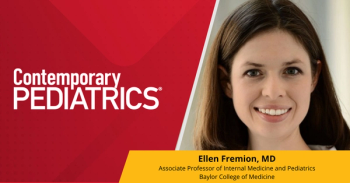
Ellen Fremion, MD, outlines strategies to support smooth transitions from pediatric to adult care, stressing early planning and strong collaboration.
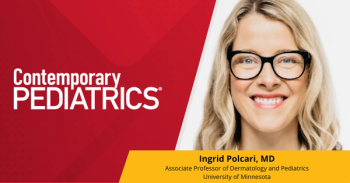
Ingrid Polcari, MD, highlights concerns with teen skin care trends and emphasizes simple, age-appropriate routines tailored to patient needs.
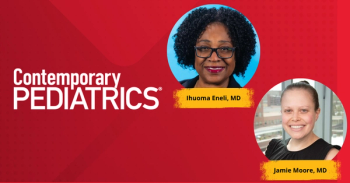
Experts at AAP 2025 highlight criteria, medication options, access barriers, and family engagement in pediatric obesity management.

Ingrid Polcari, MD, discusses acne severity, treatment options, and the importance of persistence and open discussion in pediatric care.

Remote monitoring in pediatrics shows promise for improving outcomes, but device design, workflow integration, and reimbursement remain key.
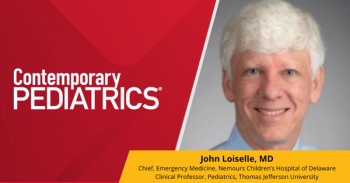
John Loiselle, MD, shares guidance at AAP 2025 on recognizing pediatric musculoskeletal injuries and when urgent orthopedic referral is needed.
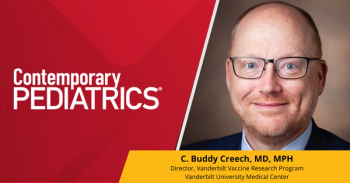
C. Buddy Creech, MD, MPH, highlights advances in mRNA, monoclonals, adjuvants, and mucosal vaccines, stressing safety and parent communication.

Decline in maternal smoking linked to fewer US newborns with gastroschisis, highlighting benefits of public health efforts.

Over half of youth firearm suicides involved a parent’s gun, with most stored unlocked and loaded, underscoring the need for secure storage.

Youth suicides by sodium nitrite/nitrate are rising, highlighting prevention gaps and opportunities for early medical and public health intervention.

Federal backup camera mandate cut pediatric backover injuries and deaths, though risks remain for children in older vehicles without cameras.
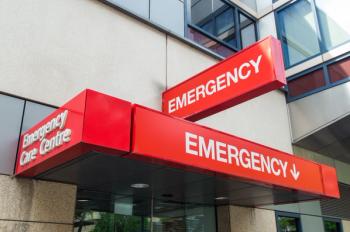
Nearly 1 in 4 children with firearm injuries had prior ED visits for crashes or violence, highlighting opportunities for early intervention.
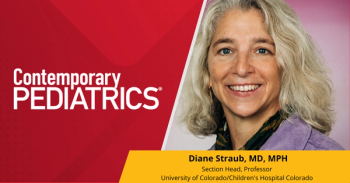
Adolescent STIs are rising. Diane Straub, MD, MPH, stressed confidential care, routine screening, and balancing parental involvement at AAP 2025.
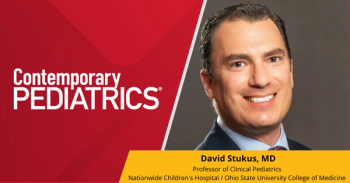
Early allergen introduction, beginning in infancy and sustained over time, can safely reduce food allergy risk, said David Stukus, MD, at AAP 2025.

Multidisciplinary care is key in evaluating and managing menstrual disorders in adolescents.

Most child health TikTok videos by non-medical eco-influencers contradicted guidelines, spreading vaccine and infant care misinformation.

The “Store it Safe” program improved suicide screening and firearm storage practices, engaging families, providers, and communities statewide.

Golf cart injuries among children are rising, with falls leading to head and neck injuries and a need for better safety guidelines.

Out-of-hospital births doubled during the pandemic, led by younger, educated mothers, raising concerns about maternal risks and infant outcomes.

Placing food outreach specialists in pediatric clinics improved food access, enrolling families in assistance programs and reducing barriers.

One in 5 TikTok sexual health videos by non-medical users contained misinformation, with abortion-related content showing the highest risks.

States with stronger gun laws, including red flag laws, show lower rates of pediatric in-home firearm homicides, study finds.

Post-pandemic middle schoolers gained sexual health knowledge but showed fewer positive belief changes, study finds.
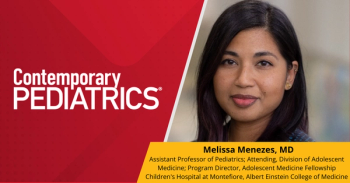
New contraceptive options and counseling strategies aim to improve adolescent access and address patient-specific needs presentedat AAP 2025.
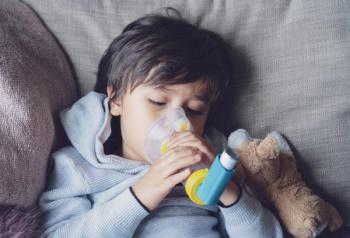
Universal screening during well visits improved asthma detection and revealed high rates of poor housing quality linked to asthma symptoms.
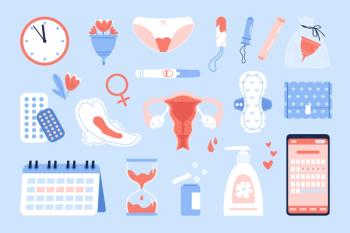
Hands-on menstruation education fosters confidence, reduces stigma, and equips adolescents with practical skills for menstrual health.
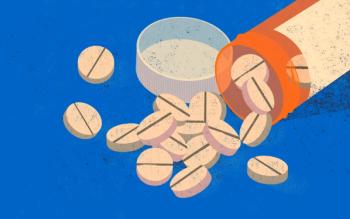
EMS calls for opioid exposures are increasing among pre-teens, with younger children showing higher acuity than older adolescents.
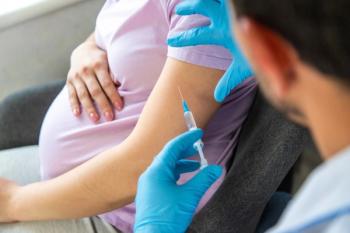
COVID-19 vaccination in pregnancy reduced infection, stillbirth, and preterm birth risks without increased adverse maternal outcomes.